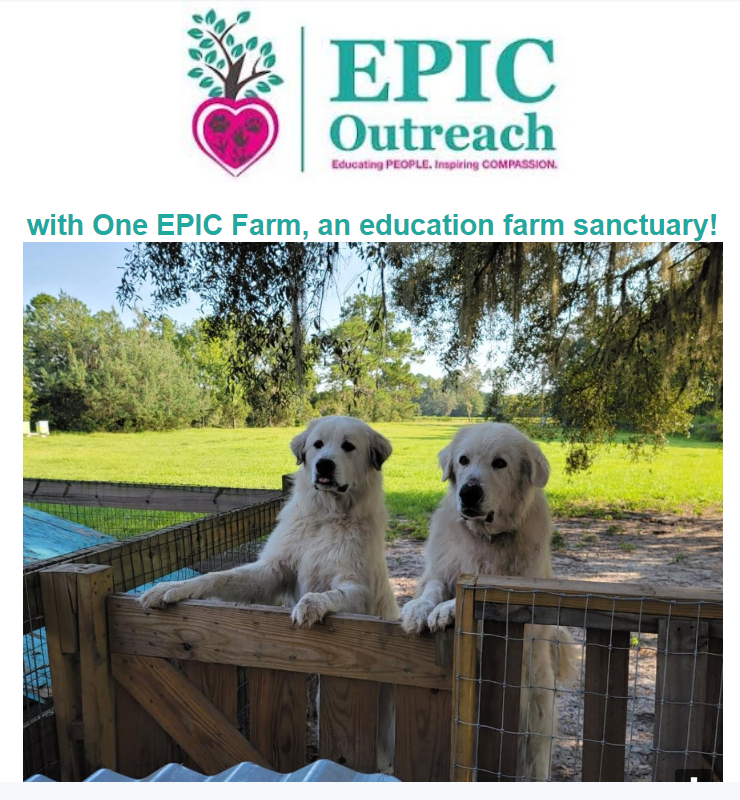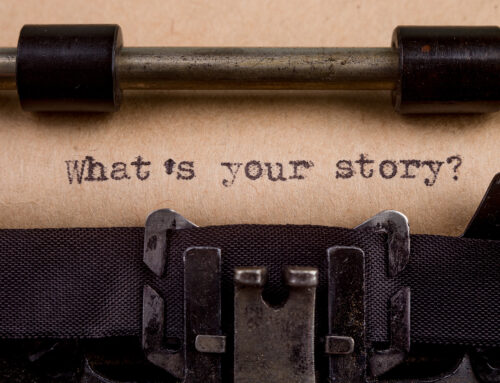 Keeping donors feeling connected to your work through fundraising communications is critical to your fundraising success.
Keeping donors feeling connected to your work through fundraising communications is critical to your fundraising success.
It’s pretty simple really – when donors feel like part of your team, they give bigger and more frequent donations.
When they feel like a number in your database, they’ll stop giving and leave.
If you’re seeing lower email open rates, declining donations, and fewer donors giving, it’s time to take a step back and evaluate where things are off track. Start with your fundraising communications.
Fundraising communications encompasses strategies like:
- Your donor communications like your donor newsletter and thank-you letters
- Your elevator speech and how you describe what your nonprofit does
- The stories you tell and how you use storytelling for fundraising
- How you Ask for donations
Combined, the sum total of these pieces should give your donors a sense that you know what you’re doing and that they can feel safe giving to your nonprofit because you’ll use their money wisely.
In short, your fundraising communications should build trust and confidence for your donor. It should help them feel sure that giving to your nonprofit is a smart move.
Notice – it’s about how they feel.
Keep that in mind as we go. It’s an important piece.
When you’re busy, it’s easy to see donor communications, like a newsletter, as one more thing on your to-do list. You hustle through it, making up whatever content comes to mind just so you can click “Send” and move on to the next thing.
I get it.
But look, donors want more than that. Heck, they deserve more than that!
If you want to raise all the money you need to fully fund your budget, you must treat donors as the valuable partners that they are. Without donors, you have no money.
No money = no mission.
And that’s why we’re talking about fundraising communications here, so you can get it right and raise more money.
Fundraising communications is meant to be a conversation – not a one-way street.
Have you ever had a conversation with your television?
You know, one where you’re screaming at the actor to look behind them or trying to convince a contestant to pick door #2?
While not the most perfect example of talking AT people, it does spotlight a problem that I see many nonprofits make in their fundraising communications – everything is one-sided.
All information flows from the nonprofit to the donor, and there are few (if any) opportunities for the donor to respond.
There are no invitations to the donor to connect and no opportunities for them to ask questions or share ideas.
Maybe you think you’re so busy that you don’t have time to talk to donors.
I challenge you to change your mind. Remember, without your donors, you have no support, which means you can’t do your work.
It’s time to rethink how you feel about donors and how you communicate with them.
What Good Fundraising Communications Look Like
I understand you have a lot to share with your supporters.
You know a thousand and one cool things about your nonprofit and the lives you serve.
And I bet you’re sure that if people knew all those things, they’d give. Right?
Unfortunately, it doesn’t work that way.
When all you do is talk without listening, you make donors feel used, invisible, and unheard.
And that is NOT how we want our valuable supporters to feel!
It doesn’t matter if we’re talking about fundraising communications that happen in person, on paper, in email, or online – one-way communication makes people feel talked AT, not talked WITH.
There’s a big difference. For example, Jessie Miller from EPIC Outreach understands that sometimes you need to email donors with no Ask in the email at all. It’s part of following the 3-to-1 Ratio, and it helps donors feel valued, not overasked. Here’s an example.


If good donor communication is a conversation, how are you doing with that?
Do you hear from donors? Does anyone hit “reply” to any of your emails and share?
If not, you’ve got some work to do.
It’s time to make connecting with donors a priority.
It’s time to uplevel your fundraising communications so they’re engaging and authentic.
You ready?
7 Tips For Better Fundraising Communications
Now, if you’re feeling bad at all that you haven’t done a good job in the past of communicating with your donors, it’s ok.
Just mentally draw a line in the sand and commit that you’ll do better going forward.
These 7 tips will help you authentically engage with your donors in your fundraising communications:
1. Connect with them more often. Relationships with donors are key to successful fundraising.
Think about it – how often do you hear from your closest friends? Really often, right?
Do the same with your donors.
If you’re only sending one donor newsletter a year, then you’re probably cramming too much information into a few pages, which is usually overwhelming to the reader.
Try sending information more frequently and in a variety of mediums.
And don’t worry about sending too much – as long as the content is valuable to the donor, they won’t mind.
What makes it valuable to the donor? It’s interesting TO THEM. It makes THEM feel good.
 2. Provide more quality and less fluff. Keep your donors in mind and only send them info that THEY would truly care about reading.
2. Provide more quality and less fluff. Keep your donors in mind and only send them info that THEY would truly care about reading.
I know you’re proud of the award you just got and that may be interesting… or not.
Your donors don’t care that it’s your 10 year anniversary or that you just brought in 3 awesome new Board members.
That’s cool to YOU, but probably not to THEM.
Remember, they want to know what happened to their last donation, so tell stories.
Give updates.
Show photos from the front line.
Let them see firsthand how their support is making a difference.
3. Give them a chance to be heard. Whether through a survey or just simply asking them outright, invite donors to speak out.
And do it often.
Shoot for offering them the chance to respond every single time you share info with them.
You can add to your newsletter, “Hit reply and let us know what you think” or “Got questions? Reach out to [name] at [phone] or [email].”
You won’t get many people to actually do that, but it show that you’re open to their feedback and questions.
And that builds a sense of trust, which is KEY to donor relationships!
4. Use a variety of communication methods. Don’t use the same method for communicating with donors – mix it up if you can.
Of course, you may have a segment of donors that you only have email addresses for.
Or a group that you only have postal addresses for.
Definitely communicate with donors in the way they prefer, regardless of how much it costs or how hard it is to do.
In other words, if people give through the mail, connect with them through the mail.
If they give digitally, connect digitally.
Then on top of that, find other ways to connect, like phone calls, texts, video, social media, Zoom, and in person.
This may take a minute to strategically plan what you can do with each donor segment, but it will increase your chances of making the donor happy.
And that’s worth it.
5. Make it super easy to contact you. That means adding staff email addresses and phone numbers (with extensions) to your website and fundraising communications.
Just sharing the general contact info tells donors that you really don’t want to be bothered.
Invite them to connect with you, and be specific about who can answer which type of question.
You don’t necessarily need to give out your personal cell phone number, unless it’s the main contact number for the nonprofit (and if it is, I urge you to change that).
Decide what boundaries you want in place and respect them.
Donors don’t need to be able to reach you at all hours of the night.
6. Show you’re listening. People love to be heard, so listening is only part of giving donors what they want.
Show them that you’re hearing them by including their ideas and comments in your correspondence.
Add a handwritten note to a thank-you letter relating to their question or comment.
Add quotes from your Facebook page to your newsletter or write blog posts around a donor question.
Get creative and find ways to show your donors that you hear them and that what they have to say matters to your organization.
7. Keep it simple: 1 call-to-action per communication. Don’t ask donors to do too many things at once.
If you send an email, don’t ask them to sign a petition, register for an event, and donate cleaning supplies from your Wish List.
That’s too many things, and people are likely to do the simplest, easiest, cheapest one – leaving you wondering why you’re not getting the results you’re looking for.
Keep it to 1 action item per outreach to make it easier for people to know what exactly what you want them to do.
It’s best to decide what the call-to-action is before you start writing the communication so you know what you’re trying to motivate people to do.
The Bottom Line
Fundraising is all about relationships with your donor.
And when you create fundraising communications that build trust and make the donor feel valued, they will stick around – giving bigger and more frequent donations.
That will help you change more lives, which is what we’re all about.






[…] 7 tips for keeping donors interested in your fundraising communications Fundraising communications is meant to be a conversation – not a one-way street. @SandyRees […]